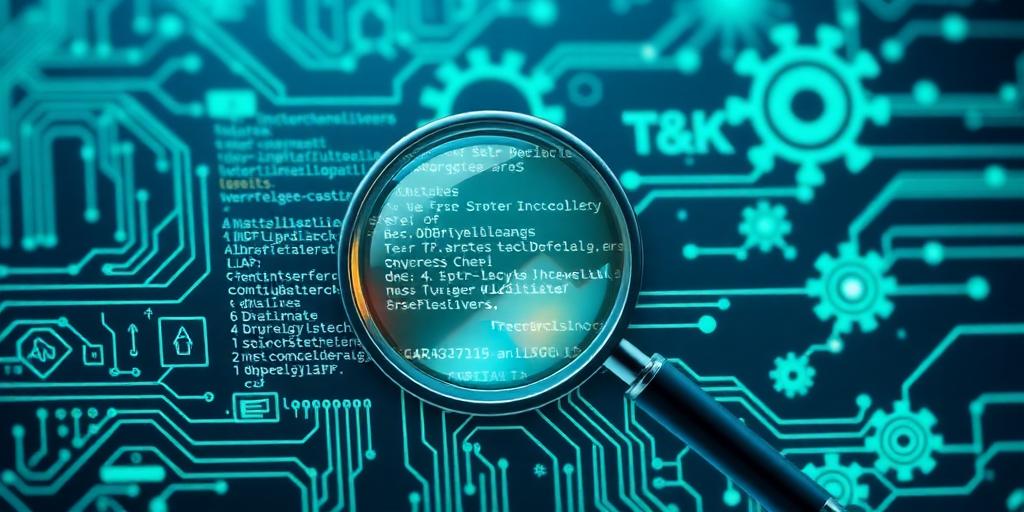Debugging is an indispensable skill for any software developer, transforming the often frustrating process of identifying and resolving programming errors into a systematic and manageable task. It is not merely about fixing bugs, but about understanding the underlying mechanisms of code failure and applying methodical strategies to ensure robust and reliable software. Mastery of effective code debugging is crucial for enhancing productivity and maintaining code quality.
The Debugging Mindset: Approaching Errors Strategically
Effective debugging commences with a disciplined mindset. Resist the urge to randomly alter code. Instead, adopt a methodical approach focused on understanding the anomaly.
- Understand the Problem Thoroughly: Before attempting a fix, ensure you grasp the exact nature of the bug. What are the symptoms? What inputs trigger it? When did it start occurring?
- Avoid Assumptions: Do not assume the bug is where you expect it to be. Bugs often manifest far from their actual source. Rely on evidence, not intuition, at this stage.
- Reproducibility is Key: A bug that cannot be reliably reproduced cannot be reliably fixed. Document the precise steps to trigger the error consistently. This is the cornerstone of any successful debugging effort.
Systematic Debugging Methodologies
A structured approach significantly streamlines the debugging process. Employing a clear methodology allows for efficient programming error resolution.
- Reproduce the Bug: As emphasized, the first step is to consistently replicate the error. This often involves specific input data or sequences of operations.
- Isolate the Problem: This is often the most time-consuming phase. The goal is to narrow down the section of code responsible for the bug. Techniques include:
- Divide and Conquer (Binary Search): For large codebases, comment out or simplify sections of code until the bug disappears. The last section removed before the bug vanishes likely contains the culprit.
- Simplify Inputs: Reduce the complexity of the data or environment that triggers the bug while retaining its reproducible nature.
- Analyze the Cause: Once isolated, scrutinize the relevant code. Formulate hypotheses about why the error occurs. This involves stepping through code, examining variable states, and tracing execution flow.
- Implement the Fix: Apply the minimal, most precise change required to resolve the bug. Avoid introducing new complexities or side effects.
- Verify the Fix: Test not only that the original bug is resolved but also that no new bugs have been introduced (regression testing). Run all relevant unit and integration tests.
Essential Debugging Tools and Techniques
Leveraging the right tools and advanced debugging techniques can dramatically accelerate the process of finding and fixing issues.
- Integrated Development Environments (IDEs): Modern IDEs offer powerful debugging capabilities. Utilize breakpoints to pause execution at specific lines, inspect variables in real-time, and step through code line by line.
- Print Statements and Logging: While seemingly simplistic, strategic
print()statements or robust logging frameworks (e.g.,log4j,slf4j) can reveal execution flow, variable values, and state changes at various points in the application. This is particularly useful in environments where a traditional debugger is not available. - Version Control Systems (VCS) –
git bisect: For bugs that were introduced at an unknown point in a project's history,git bisectcan perform a binary search on commit history to pinpoint the exact commit that introduced the bug. - Unit Testing and Test-Driven Development (TDD): Writing tests before or during development helps to catch bugs early, prevent regressions, and clarify expected behavior. A failing unit test often points directly to the problematic code.
- Rubber Duck Debugging: The act of explaining your code and the perceived bug to an inanimate object (or another person) often forces you to articulate your assumptions and thought process, leading to self-discovery of the error.
- Analyzing Stack Traces and Error Messages: Learn to interpret stack traces, which provide a chronological list of function calls leading up to an error. Error messages, though sometimes cryptic, often contain vital clues regarding the type of error and its location.
Best Practices for Proactive Debugging
Beyond reactive bug fixing, certain development practices can significantly reduce the incidence of bugs and simplify future debugging efforts. These software debugging strategies promote code robustness.
- Write Clean, Modular, and Readable Code: Code that is well-structured, adheres to naming conventions, and is adequately commented is inherently easier to debug. Smaller, focused functions or modules limit the scope of potential errors.
- Implement Robust Error Handling: Anticipate potential failure points and implement graceful error handling mechanisms. Catch exceptions, validate inputs, and provide informative error messages to users and logs.
- Utilize Automated Testing Extensively: Comprehensive unit, integration, and end-to-end tests act as an early warning system, catching bugs before they reach production and serving as living documentation of expected behavior.
- Engage in Peer Code Reviews: Having another developer review your code can uncover logical flaws, edge cases, and potential bugs that you might have overlooked. This collaborative approach enhances code quality and disseminates knowledge.
In conclusion, debugging is an acquired skill that improves with practice and the application of systematic methodologies. By embracing a disciplined mindset, utilizing powerful tools, and adhering to best practices, developers can transform debugging from a daunting challenge into a foundational element of efficient and high-quality software development. Mastering these efficient bug fixing methods is paramount for any serious programmer.




